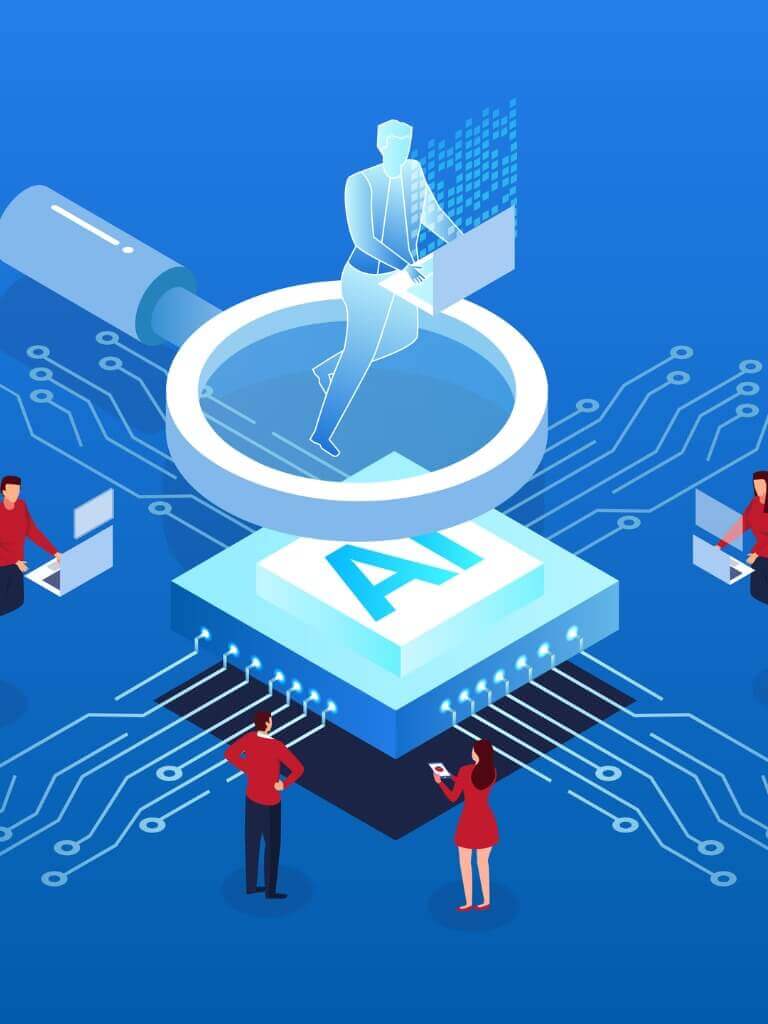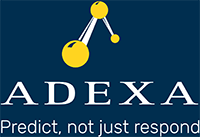With Intelligent Supply Chains Visibility Takes the Backseat
Many if not most supply chain leaders are in search of better visibility. S&OP solutions have become popular to enable such visibility however, they fail to provide the best options. This leads to the need for what-if scenario planning so that the users find their best course of action. What-if scenario analysis is very limited to a handful of scenarios amongst thousands and it takes too much time. With millions of variables, supply chain is too complex for a human mind to come up with optimal solutions. What-if and manual planning is basically response planning not predictive planning. Imagine a tornado coming at you. No time to play scenarios to know what your best options are and no time to run away.
Options might be available to you, e.g. jump in a car to get away or there is an underground shelter right next to you. Knowing the weather forecast or predicting the weather patterns mean not being in that situation in the first place. More importantly, the right system can examine all the possibilities in sub-seconds and tell you the best way. That is to get into the shelter. To be able to know all the options, one needs an accurate model of the supply chain. Accurate means complete. S&OP models are very rough models and do not know all the options and therefore human intervention is needed. Combined with S&OE, the model becomes accurate and complete but it still lacks intelligence.
As explained above having just visibility is not enough. If a supplier is late and the entire assembly line is waiting for the goods arrival, a decision must be made in minutes if not seconds. If a large order comes in or there is a sudden surge in demand for a number of products, then the number of scenarios increases exponentially. Factors to consider are mix of products to be planned, which suppliers would be best to deploy, what substitute materials and equipment or subcontractors can be used, which clients need to be prioritized and many others.
An intelligent system does two things for you, predicts and optimizes decisions without the need for manual intervention. To optimize decisions, the system needs to have intelligence in the form of prescriptive and mathematical techniques including disciplines such as AI/ML, Operations Research (OR) and statistical techniques. However, no matter how intelligent the prescriptive techniques are, they cannot do much unless they have a complete view of the world. The analogy here is to ask a very intelligent traffic cop guide the cross road traffic blindfolded or limit his view to only one direction. Likewise, a supply chain planning solution cannot make good decisions with a limited and rough model of the supply chain. It must have a complete model. This is also referred to as its Digital Twin. To have a Digital Twin, S&OE is a must. Having a complete and accurate model provides both the ability to predict and to respond without manual intervention. Thus, the coveted supply chain visibility may not be that critical to your operations after all!




